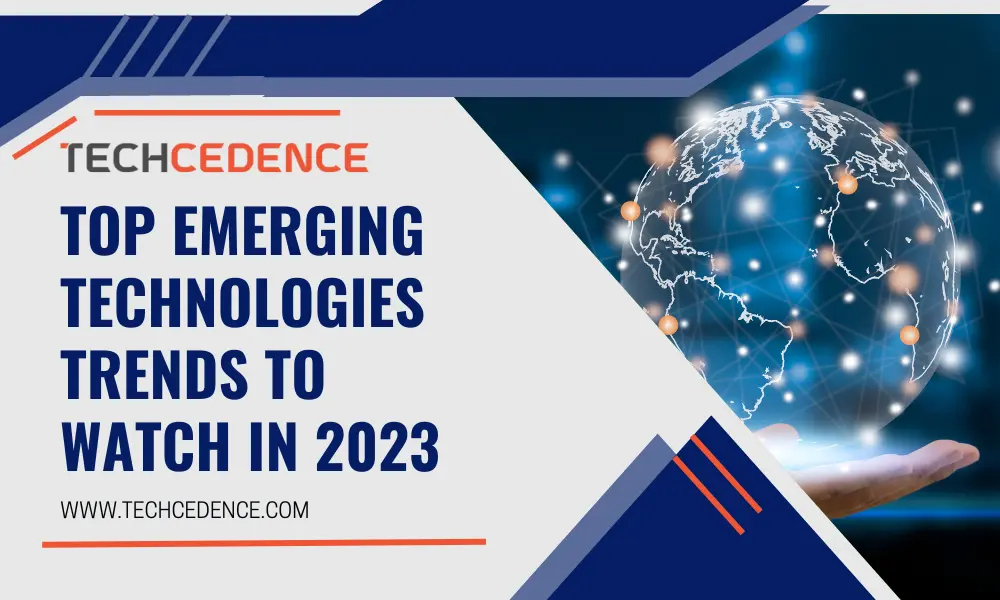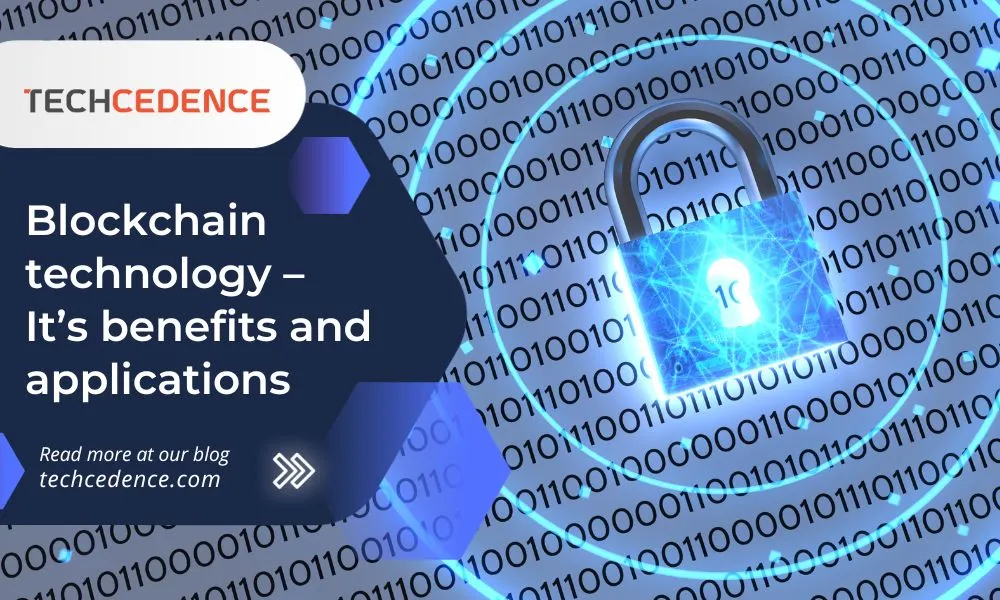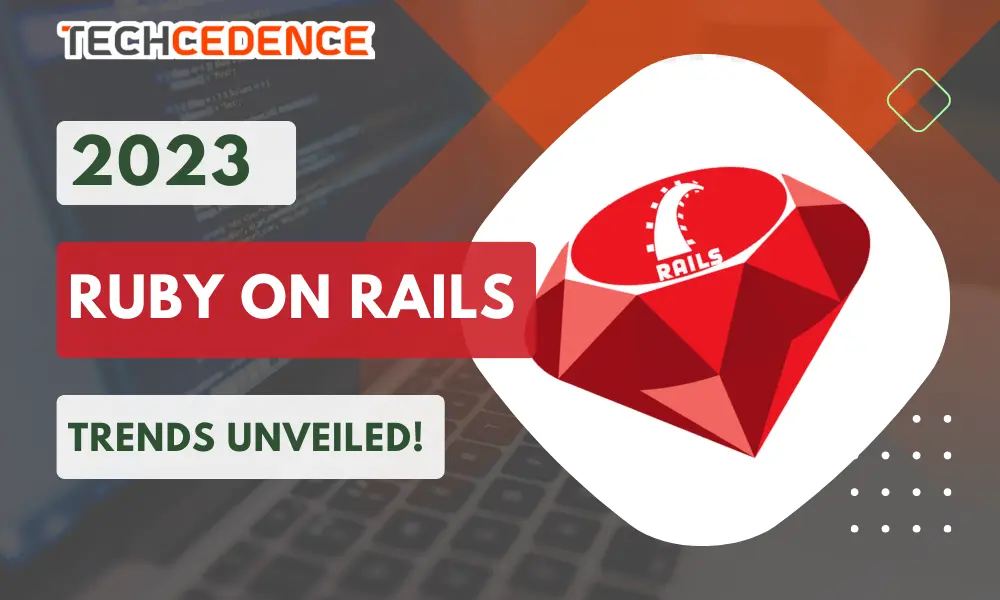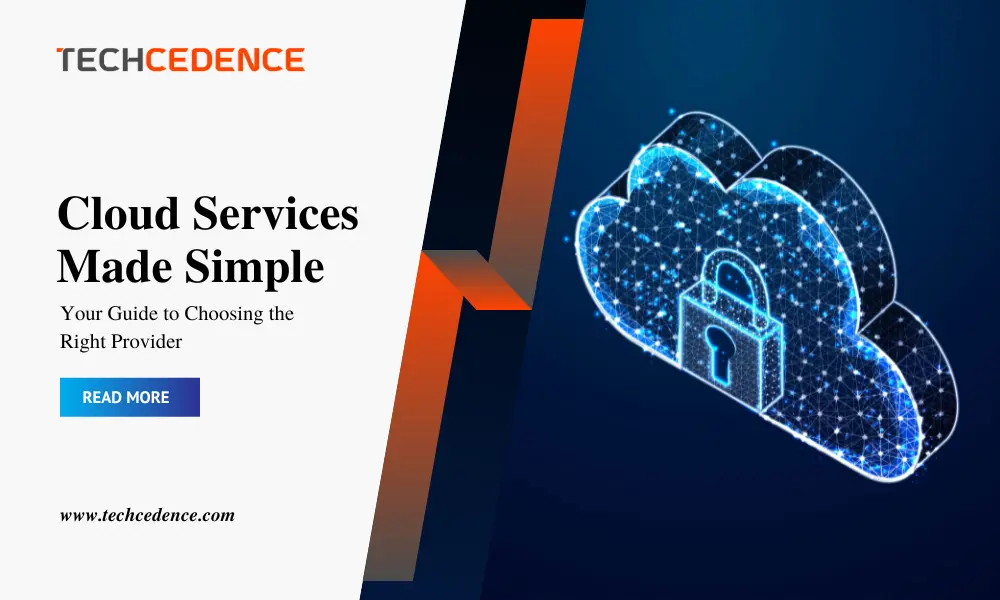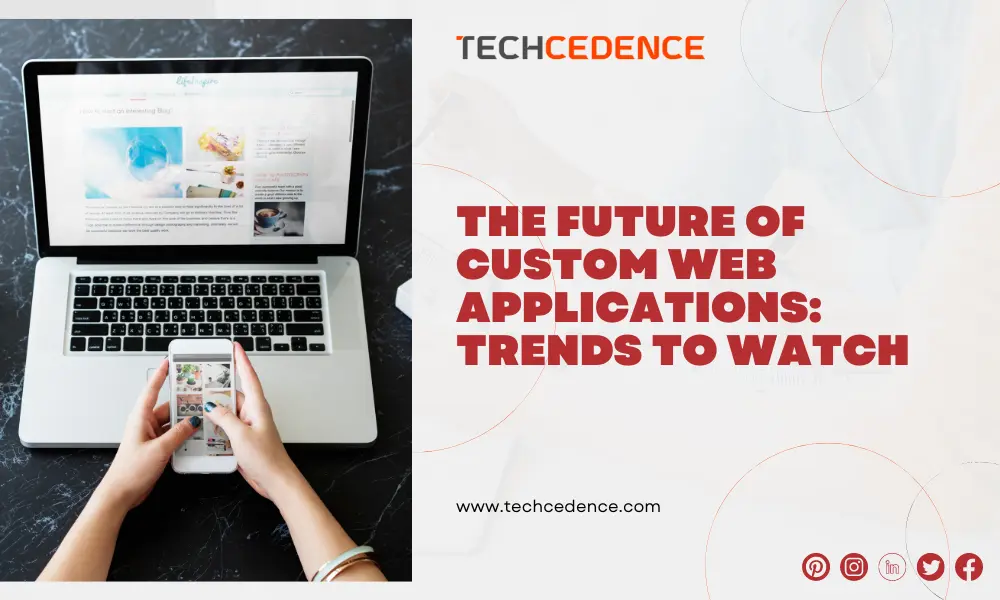Can you imagine a world where software writes itself? Sounds too good to be true doesn’t it? You’d be surprised to know that the day isn’t too far away. It’s no secret that AI software development has seen a whooping growth in the last couple of decades, and it doesn’t seem like it’s stopping anytime soon. Almost every market has seen AI enter their field in one way or another and software development is no exception.
We’ve seen how easier software development has become with the inception of powerful IDEs and how useful method extractions are when we want to refactor programs. These static solutions provide tremendous value but what if we could have these tools learning alongside us? What if software automatically fixes its bugs? That’s future of software development in the age of AI for you.
Understanding AI in software development
- Artificial intelligence in software engineering already significantly contributes to software development by automating tasks, increasing productivity and improving decision-making.
- Processes are being automated with AI, which save time and physical labor.
- Code quality and bug identification increases due to AI algorithms’ analysis of data and anomaly detection.
- AI’s predictive analytics anticipates probable problems and user behavior.
- Personalized user experiences, deployment and effective testing are all made possible by integrating AI in software development
In this blog, let us now have a quick peek at the various benefits that AI has to offer:
1. AI powered automation
Automation is where AI has had noticeable impact on software development. Developers spend a lot of time manually testing and writing code, which can be prone to errors. However, these automation tools powered by AI are making this process easier. They produce code, carry out in-depth testing, and deploy applications on their own, significantly saving development time while increasing overall productivity by taking over these monotonous chores. The automation of AI software development is a game-changer, driving toward a more productive and efficient future.
2. Enhanced code quality and bug detection
Artificial intelligence in software engineering is useful for identifying defects and vulnerabilities in software codes as it has remarkable pattern recognition capabilities. It find patterns that may be indicative of possible problems that manual reviews could miss. Developers can also drastically raise the quality of their software by using AI-powered code review tools that detect minute mistakes and potential security gaps that can result in system breakdowns or cyber attacks. Including AI into code review procedures helps development of more dependable and secure apps, giving users a solid and dependable software experience.
3. Natural language processing and code generation
AI-driven natural language processing has completely changed how programmers engage with computers.AI-assisted code generation, enables developers to describe desired functionality in plain English and have the AI transform it into code automatically. This invention can help non-experts to participate in software development and write code without having extensive technical knowledge.
Also, AI-generated code speeds up the coding process and lowers the need for manual coding, cutting down on development time and filling the gap between non-technical stakeholders and developers. It promotes a more productive and collaborative coding environment as well.
4. Intelligent testing
By automating numerous testing methods, AI-powered testing solutions transforms this process.
They emulate user interactions in the real world and spot possible problems in a variety of settings. It can evaluate huge datasets, find edge cases—rare situations that can be hard to find manually, lowers the possibility of defects or vulnerabilities going unnoticed. AI-powered testing produces better software with increased stability and performance, giving consumers a dependable and seamless experience.
5. AI in devops
DevOps automates tasks and encourages collaboration between development and operations teams. The processes are made more efficient by incorporating AI into DevOps by undertaking monotonous jobs, freeing up engineers to work on more valuable projects. It also enables continuous integration and continuous deployment, automating the testing, integration, and deployment of code changes. Short development cycles, quick delivery and increased agility are all the outcomes of this. Organizations are empowered to offer high-quality software with quick updates with seamless integration of AI and DevOps, giving them a competitive edge.
6. Personalization and user experience
AI software development is transforming user experiences by examining user behavior and preferences. Software programs may tailor information, recommend useful features and foresee user needs. AI can personalize the user interface, content recommendations and suggestions to meet particular tastes by learning unique user preferences giving a more engaging and rewarding experience. This makes users are more likely to stick around and be more satisfied.
7. AI for software maintenance and updates
The powers of AI are crucial to software maintenance and updates. AI software development can forecast prospective maintenance problems by examining historical data and patterns, enabling developers to take preventative action. AI can automate software updates, speeding the procedure and guaranteeing that the programs remain current with the recent developments. By incorporating AI into software maintenance, customers will receive a seamless and dependable experience that ensures software efficiency, security, and improvement throughout its life cycle.
8. AI and internet of things integration
Real-time data from IoT devices can be processed and analyzed quickly by AI algorithms. Applications in a variety of fields such as home automation, healthcare, and transportation can be developed that are more intelligent and responsive to this synergy. AI-powered systems can also learn user preferences in home automation and change settings accordingly.
Innovative software solutions are being developed in numerous industries, which promote creativity, efficiency and improved user experiences. The growth of AI in software development is revolutionizing the field of software development in a significant way, with previously unheard levels of automation, effectiveness as well as intelligence. It is improving every step of the development process, from code creation to testing and user experience. However, this also raises ethical questions about things like job displacement and biased algorithms. For a future in which AI-powered software development benefits all of humankind, it is important to strike a balance between embracing AI’s potential and resolving these issues to create a better digital world. We are a software development company and an artificial intelligence development company providing AI software development services for startups to established companies. Get in touch with us right now! Let us help you explore your business and find out the best ways to transform your business.


